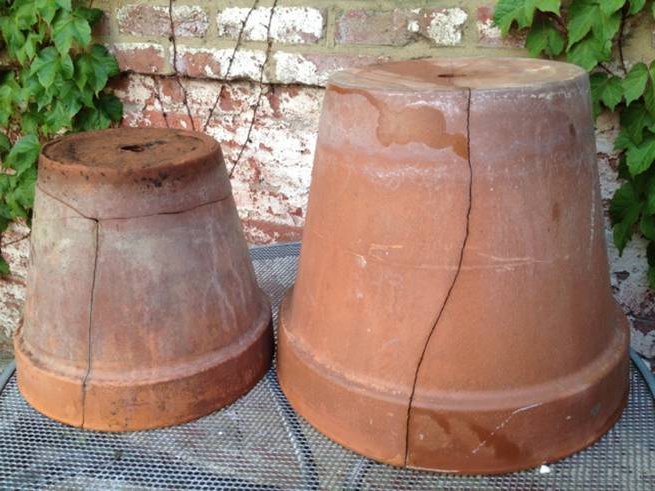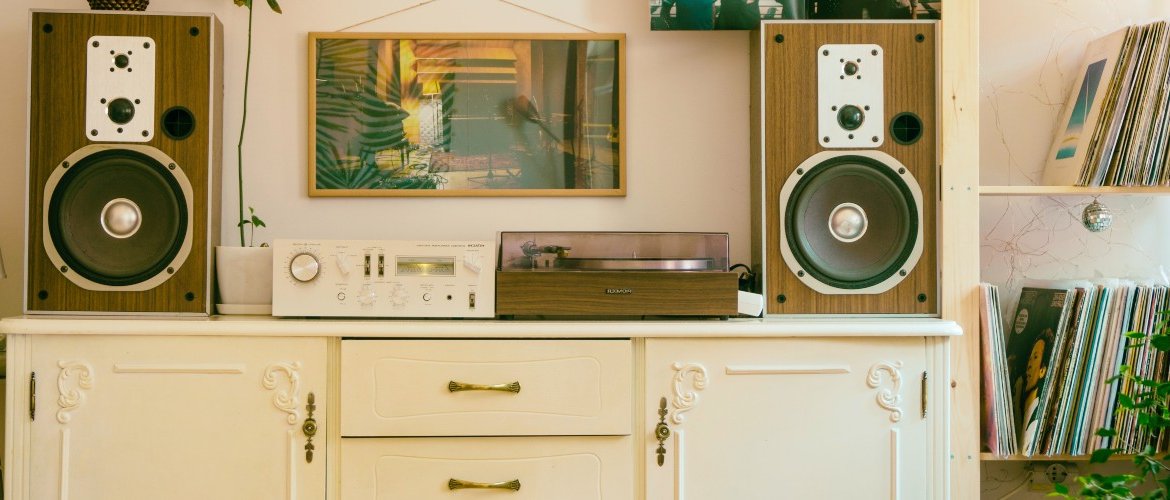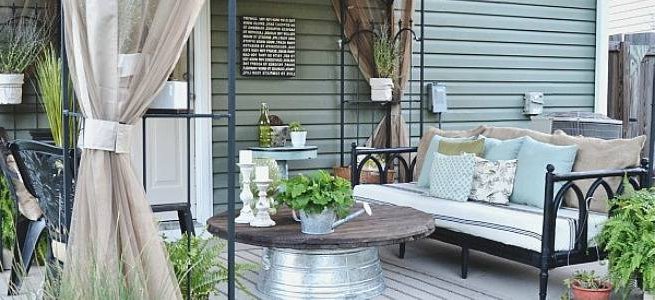How to restore furniture to decorate
Who does not have some old furniture at home or has fallen in love with one while visiting the flea market? Old furniture has something that makes us fall in love with it and that's why in this post we want to show you all the benefits you can get when restoring furniture.
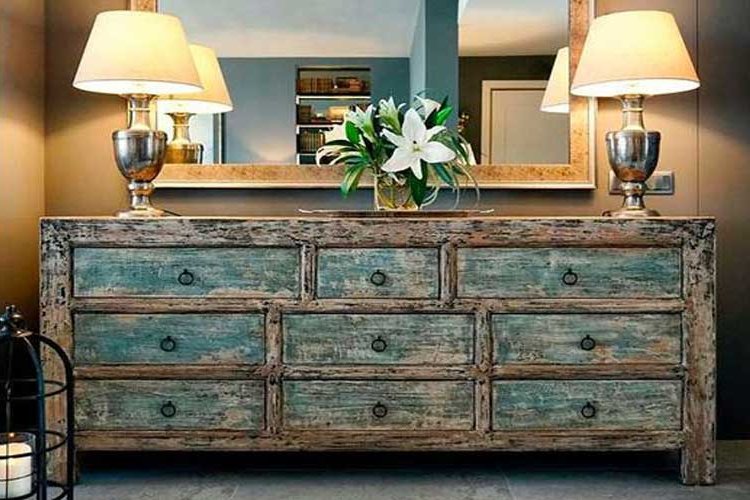
And since he who warns is not a traitor... We confess that if you try it, you won't want to stop!
Where to start?
The most important thing when it comes to restoring furniture is to prepare it properly. Arm yourself with patience and get to work with the essential repairs. Let's see all the steps!
Step 1: Clean and sand
The first step is the most important when restoring antique furniture. The ideal way to clean them is to wipe them with a damp cloth with a mixture of water and neutral soap.
With the furniture clean of impurities, the paint stripper is applied. This will remove the finish that had the old furniture, either paint, enamel, varnish...
Sometimes, it is necessary to repeat the operation several times (this will be determined by the appearance of the furniture... and by practice).
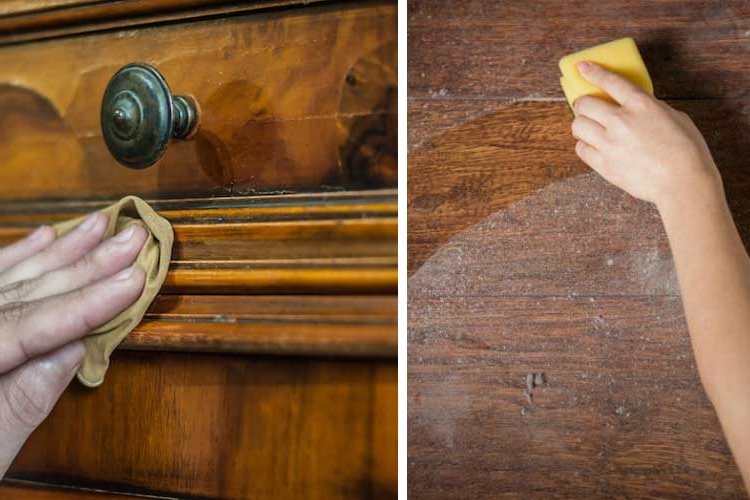
And finally, it must be sanded in case there is any finish residue.
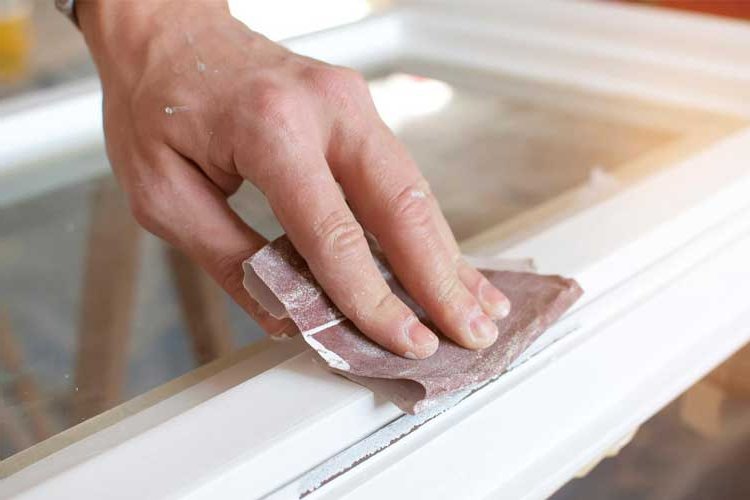
Step 2: Eradicate the woodworm
This step is not strictly necessary, since your furniture may not have any decay. However, if it has those small holes in the surface, it would be advisable to apply an anticarcoma product.
It is applied with a brush and covered with plastic for about five days.
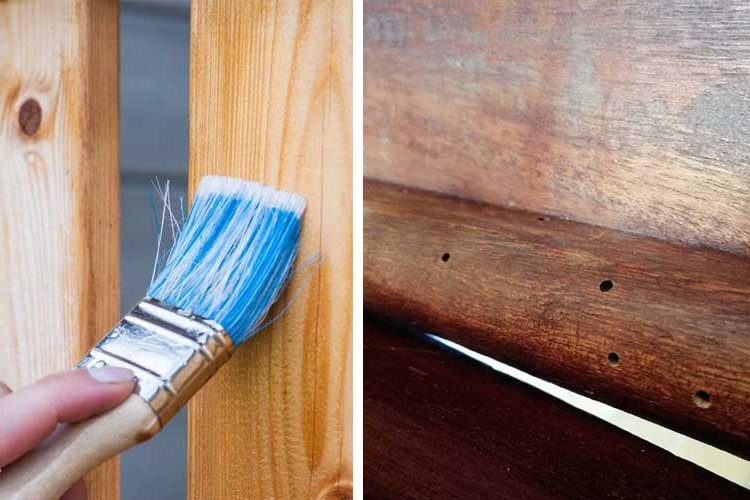
Step 3: Repair the shocks
Wood, although it may not seem so at first glance, is very malleable. With the help of a little water we can shrink its size or even make it follow a certain trajectory.
Knowing this, if your furniture has a dent, you should know that you can fix it with a cloth dampened in hot water.
But don't be impatient; you have to let it work for hours: miracles don't happen too fast :D.
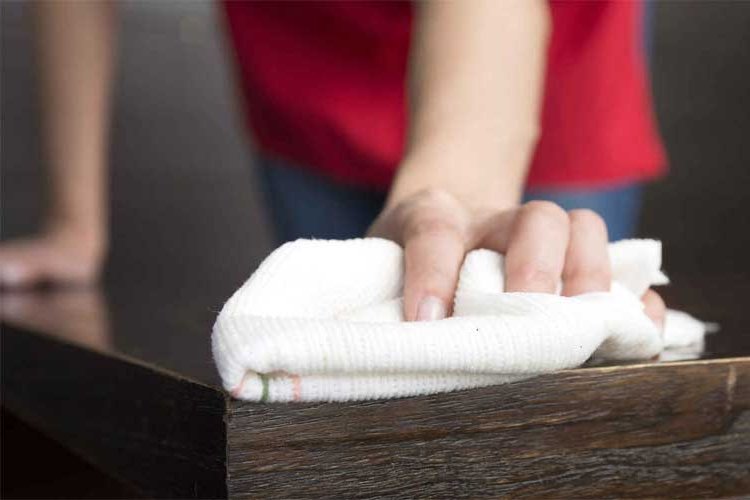
Step 4: Filling cracks
Apart from woodworm, you may encounter some cracks when restoring furniture. These must be corrected before applying the finish, otherwise the furniture will not have a clean and pure appearance.
Filling them is very easy: Apply a little putty with a spatula and let it dry. Then sand the surface and repeat the step if necessary.
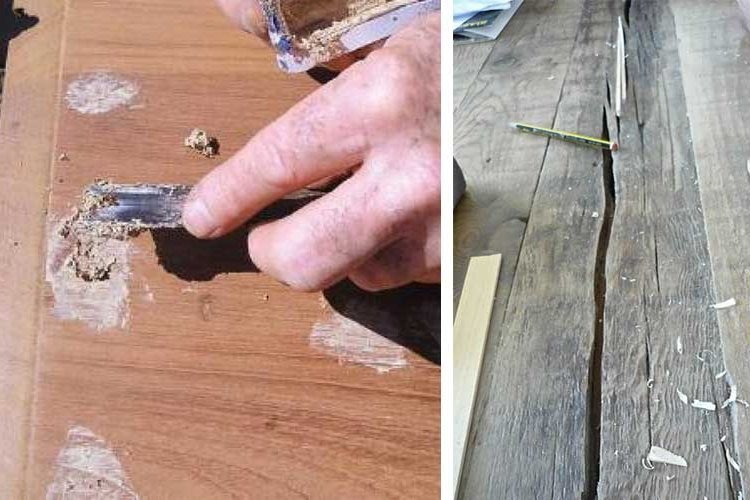
Step 5: Restore or replace damaged or broken elements
It is time to fix those one-off items that have so far failed to be addressed.
We would be talking about all those elements that are not made of wood, such as hinges, handles, locks, etc.
Sometimes you will only have to restore a handle because it simply has a bent corner, but other times you will have to replace a broken hinge with a new one to make the furniture door open easily.
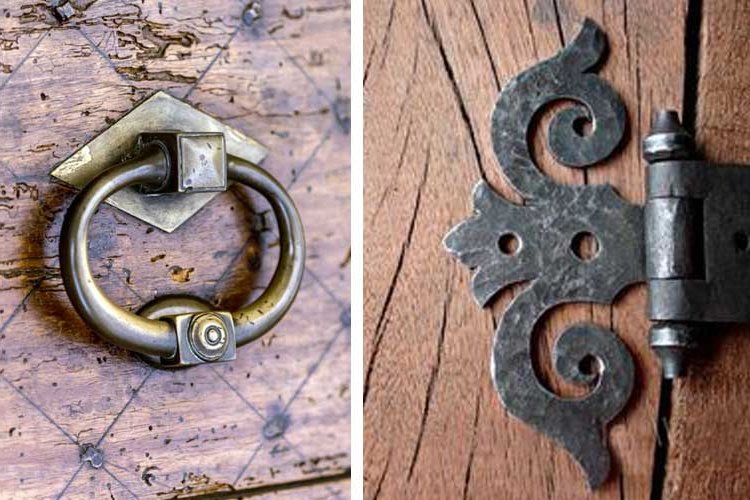
Step 6: Apply finish
As for the structure, we would already have the finished piece of furniture. Now it is time to choose the finish, the final look we want to give it.
Depending on the one we choose, it will be applied in one way or another. To do so, continue reading the following section.
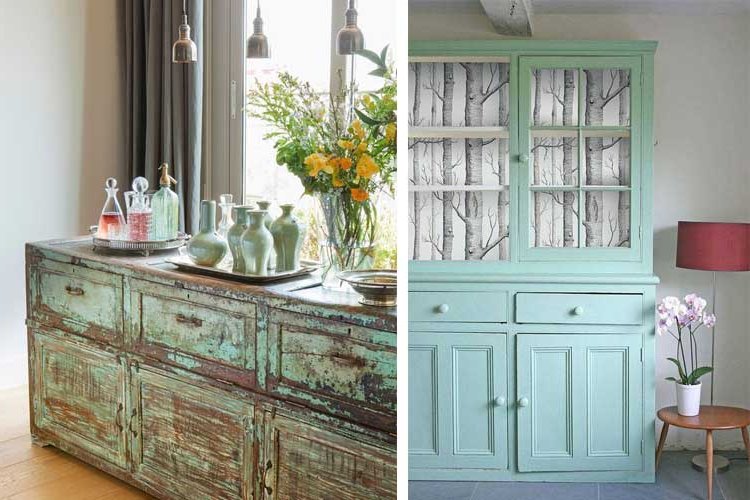
Simple ways to give a second chance to a piece of furniture
As we have already mentioned, there are several finishes that can be chosen when restoring furniture beyond the simple varnishing of the wood to enhance the original furniture.
In this section we show you the five most attractive ideas.
Stripped furniture
The stripping is achieved by applying the paint in the last step of the restoration and sanding the furniture to remove some areas so that the wood can be seen.
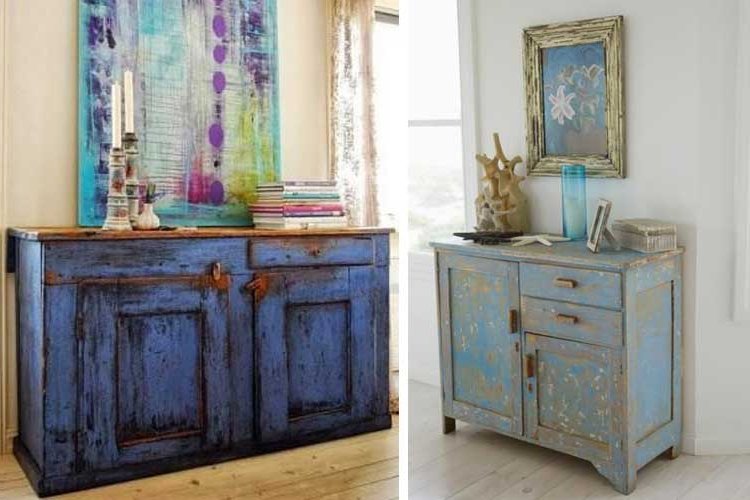
These are furniture with a lot of charm, because despite being restored they still maintain that old and antique look. Ideal especially for rustic and vintage styles.
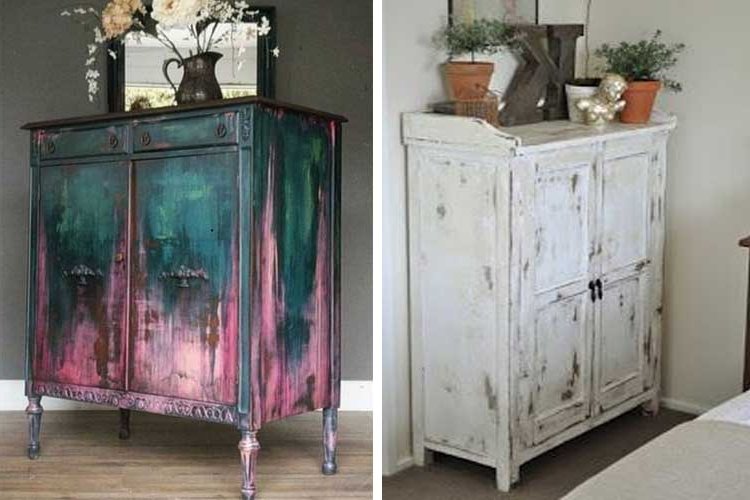
Chalk paint
This finish is one of the most popular today thanks to its simple application that makes it possible for any of us to carry it out.while for pickling or other painting techniques it is necessary to remove all traces of the previous furniture finish, for chalk painting it is not necessary. We can paint directly on the furniture and, in many cases, without even prior priming.
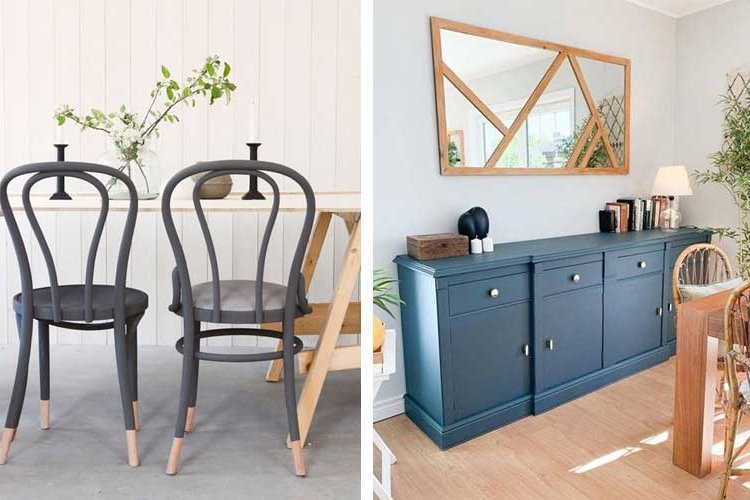
Chalk paint can be applied directly, covers perfectly and will not lift over time, although it can be a little delicate with rubbing.
It is also very versatile; it can be applied on any type of surface.
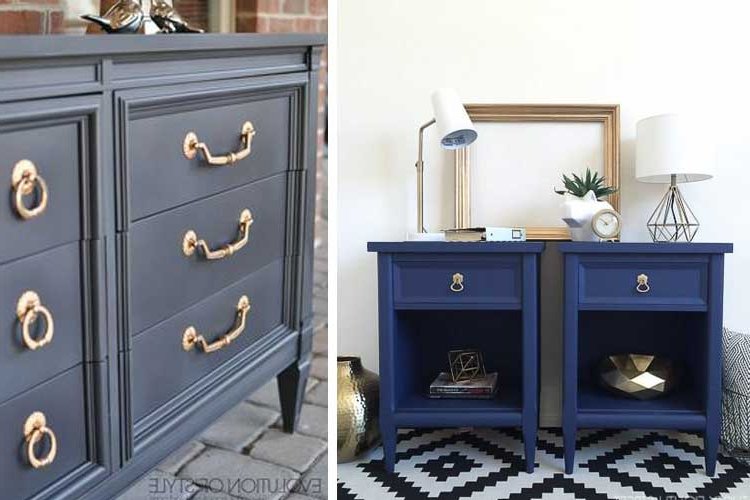
Finally, depending on the number of coats applied, a more uniform finish can be achieved or the material underneath can be seen, with an air similar to the pickling we saw in the previous section.
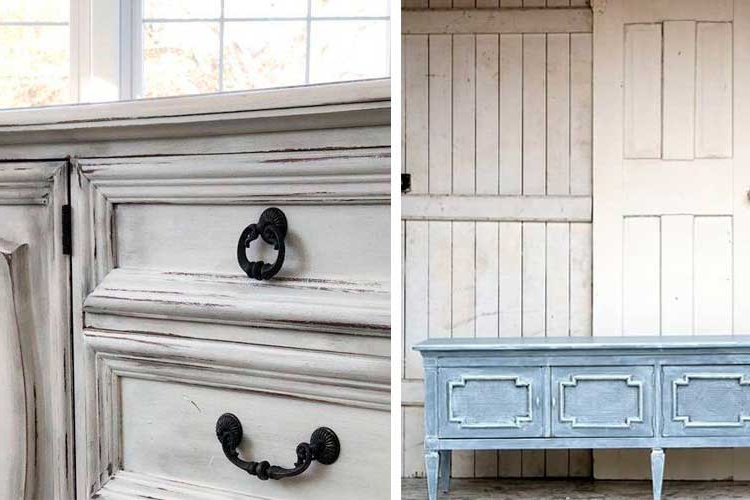
Furniture with Washi Tape
Washi Tape is a decorative tape that has been used for years in crafts but more and more users are using it in the world of decoration.
Undoubtedly, it is a very original technique and gives very striking results.
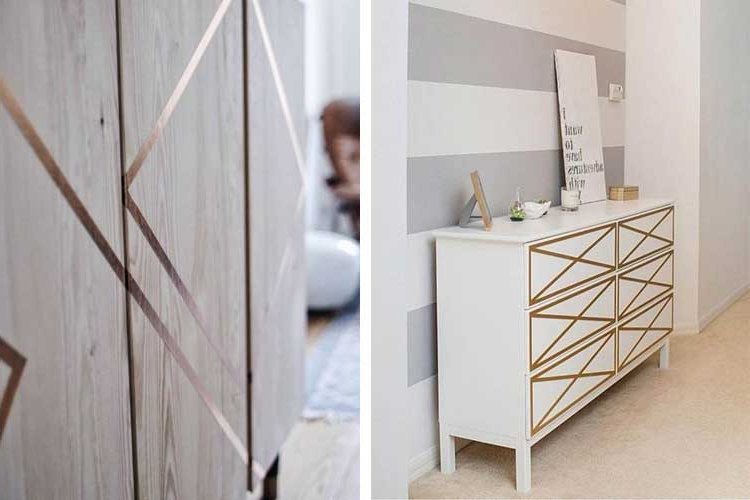
Simply, we have to choose the color or pattern we want to give to the furniture, choose from the thousands of options that exist in specialized stores and paste it on the furniture we are restoring.
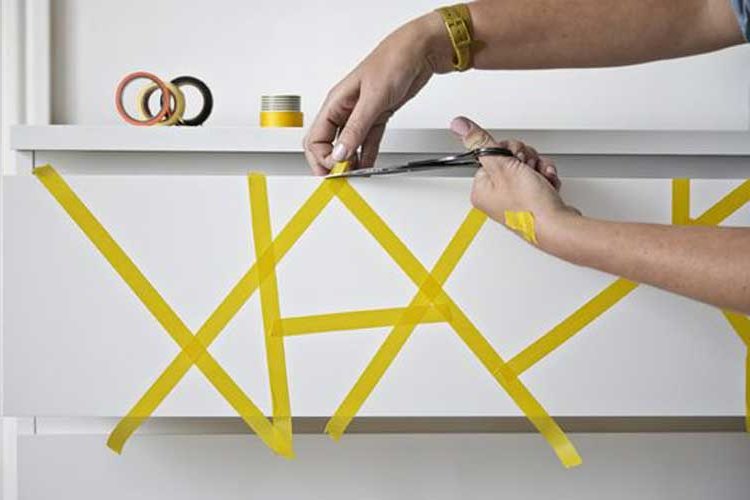
As a material, it is similar to the masking tape used by painters (easy to cut, easy to stick, etc.) only thinner and with multiple colors and designs... It is not the most resistant in the world, but if we take care of the furniture, it should not have to suffer...
Wallpaper
With wallpaper something similar to Washi Tape happens: You can achieve very interesting, original and attractive finishes due to the great variety of designs, patterns, styles and patterns that can be found in the market.
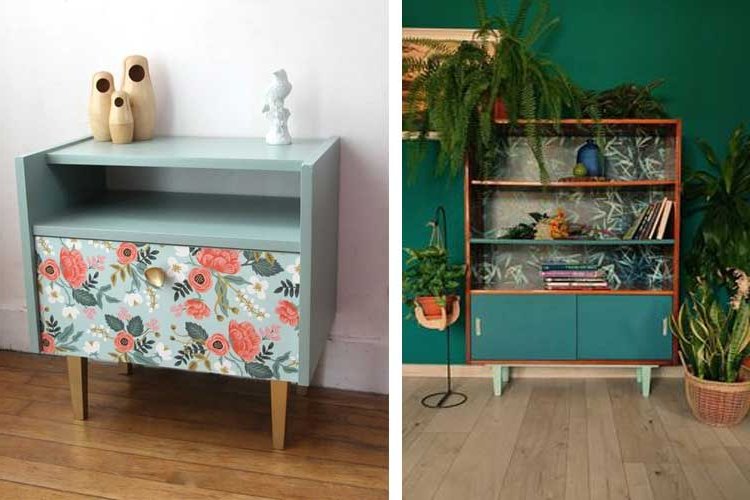
The wallpaper is ideal for lining the back of shelves or furniture with showcases that allow a glimpse of the paper through the back.
It is also very interesting to line the inside of drawers or doors, because although it is not visible from the outside, it acts as a "surprise effect" when opening the furniture.
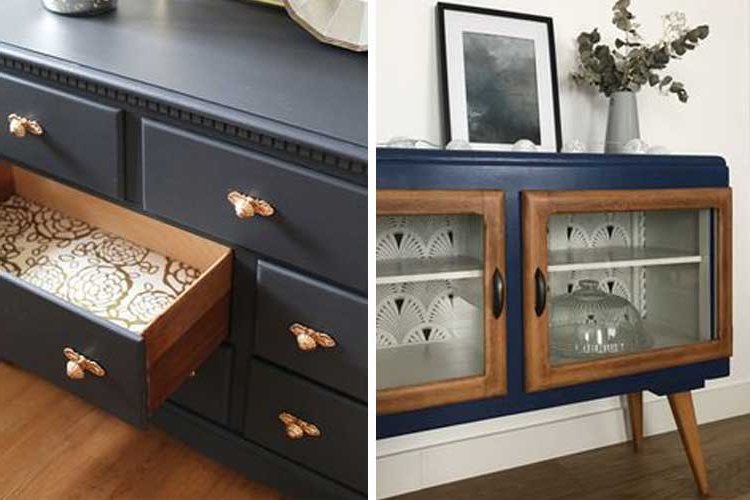
It is also possible to cover the surface of the furniture itself (whether it is a sideboard or even a dining table), giving a very personal touch to the furniture.
However, in this case, it would be advisable to place a transparent matte glass on top so that the paper does not suffer, since it does not usually resist scratches or stains very well, unless you opt for a vinyl.
Furniture with stencils
Finally, we show you the stencils; a very interesting resource to make those detailed designs in paint that you have fallen in love with but you do not dare to shape directly with the brush.
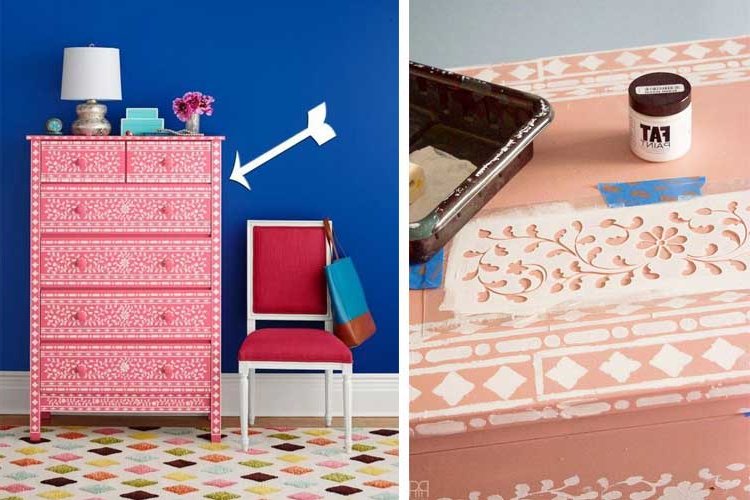
This type of templates will make your work much easier when it comes to customizing your furniture, and you can find them in various stores (as with washi tape, you can find them in a thousand types and shapes).
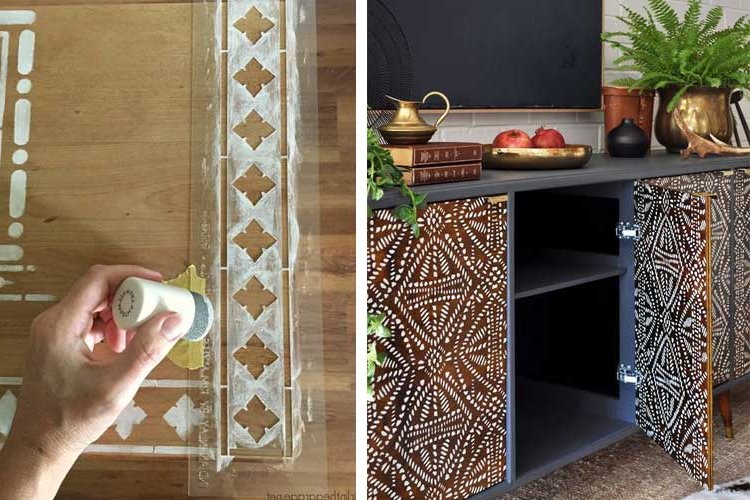
And as a final trick, we confess that you can also make them yourself as a DIY. You just need to trace an image on an acetate and cut out the figure ;-)
Decorating tricks with restored antique furniture
Restored furniture matches very well with a wide range of styles. However, keep in mind that these pieces of furniture and/or accessories look better if they are present in small doses to give them the prominence they deserve and not cannibalize each other.
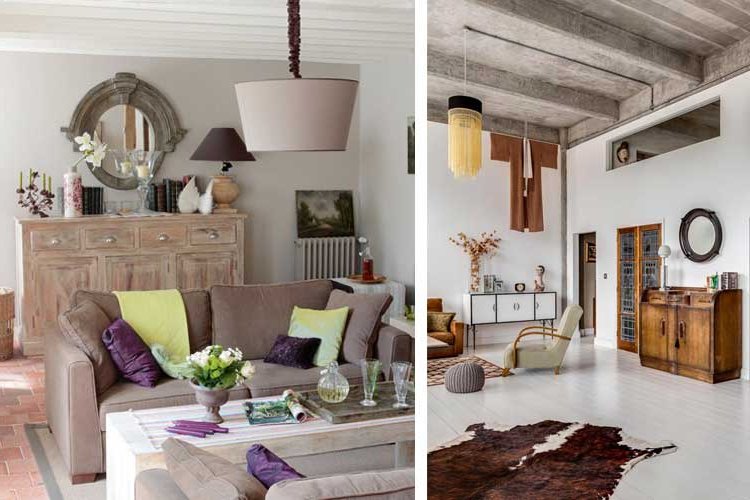
If for some reason you have more than one piece of furniture to restore, consider placing them in separate rooms. If you place them in the same room, the environment will tend to be overloaded and they will not look so good.
Another trick when decorating with restored furniture is to place one of them in a contemporary environment. In this way we "merge styles" bringing a touch of warmth to a more modern environment.
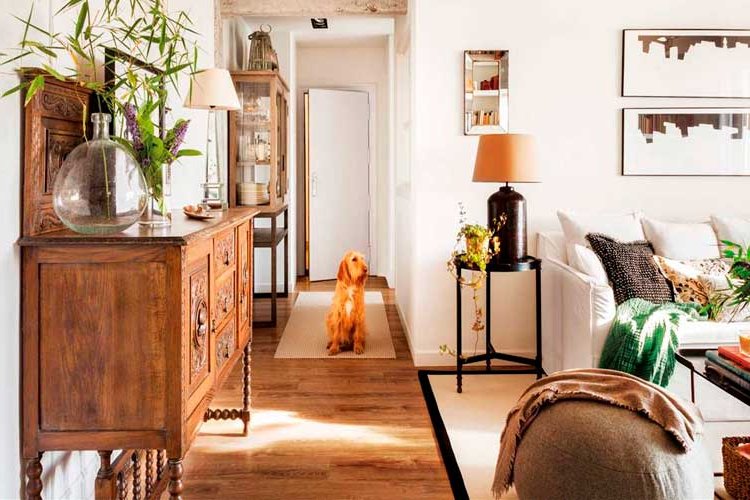
Another interesting trick is to take advantage of the piece of furniture to be restored to give color to the space.
This tone will serve as a base to complement it with a cushion, an accessory or the upholstery of an armchair.
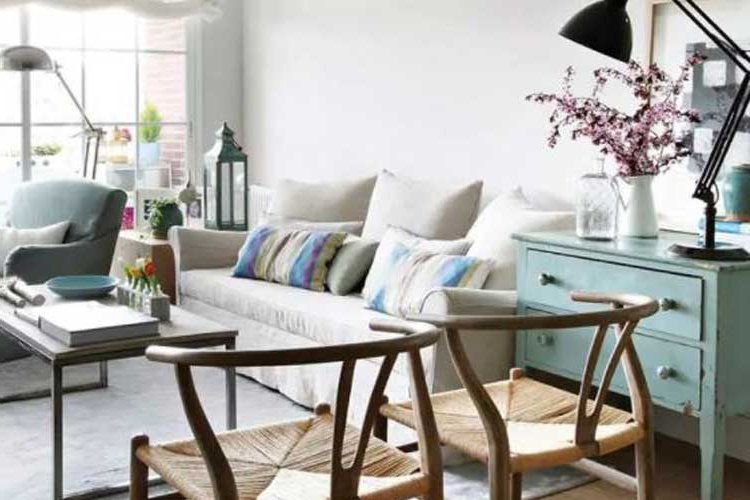
Another curious idea when restoring furniture and giving it a personal touch is to remove the old handles and replace them with designer handles, thus combining tradition and modernity in the same piece, bringing a lot of personality to the whole and a chic touch.
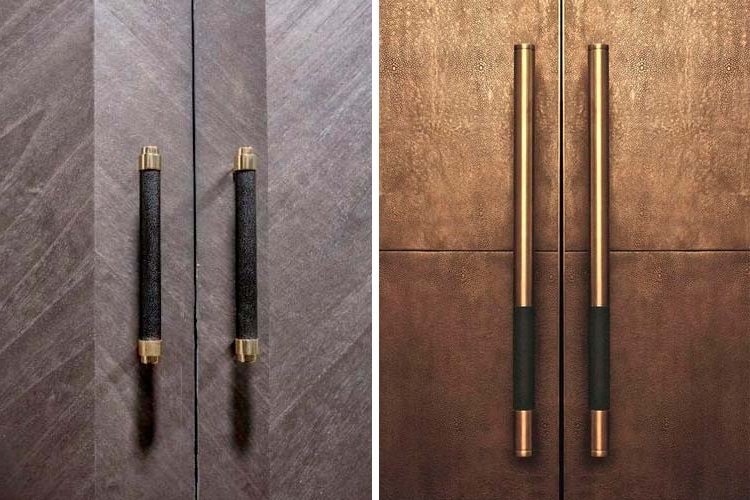
In terms of styles, this type of furniture brings a vintage touch to the decoration, so, apart from its own style (rustic, vintage or shabby chic), we can mix it with contemporary or even Scandinavian, with which it combines beautifully.
In general, the key to success lies in balance, and with this type of furniture we will achieve a very modern antique look in the same environment, so go ahead and rummage through grandma's attic to see what you can find!


